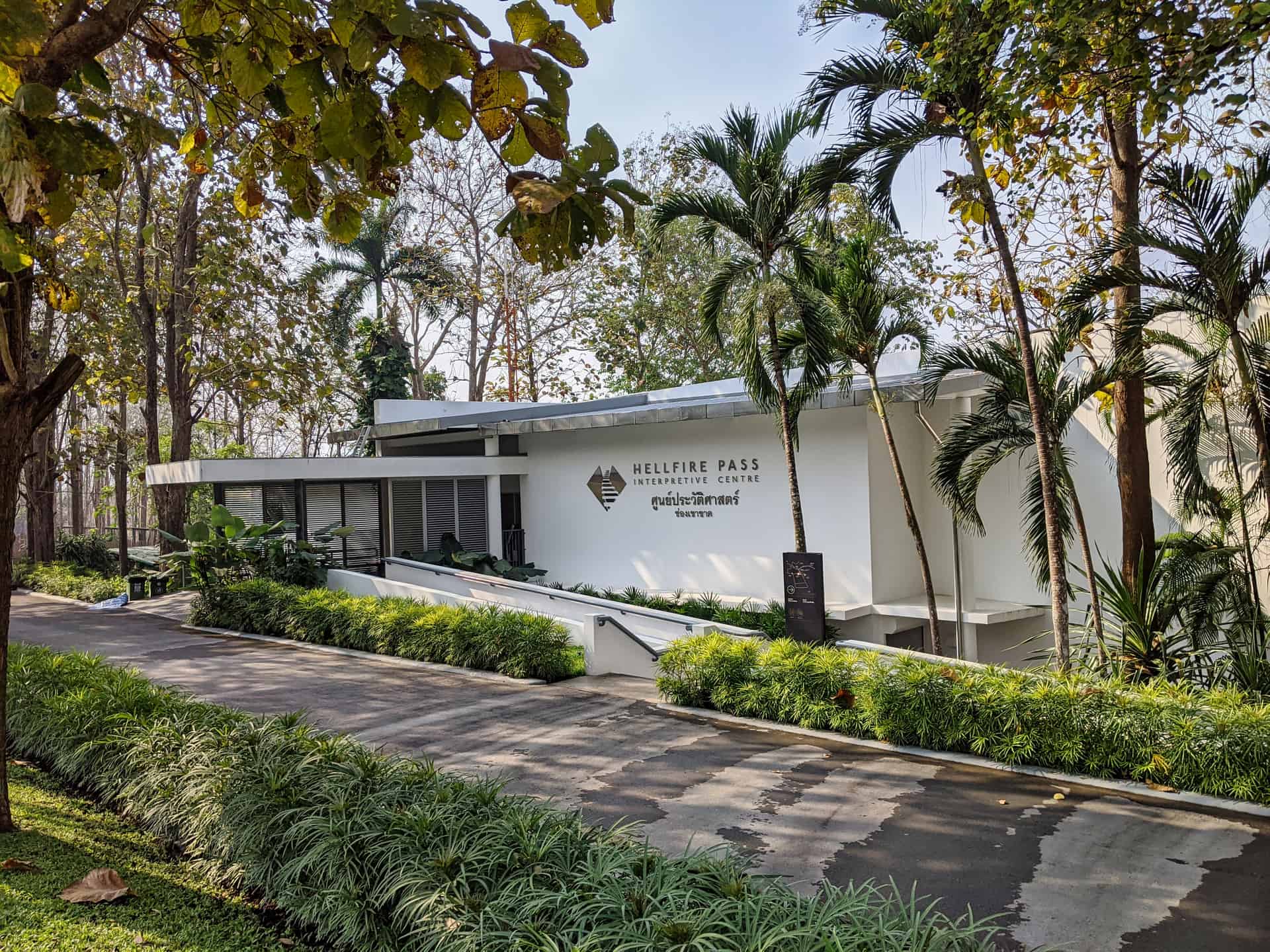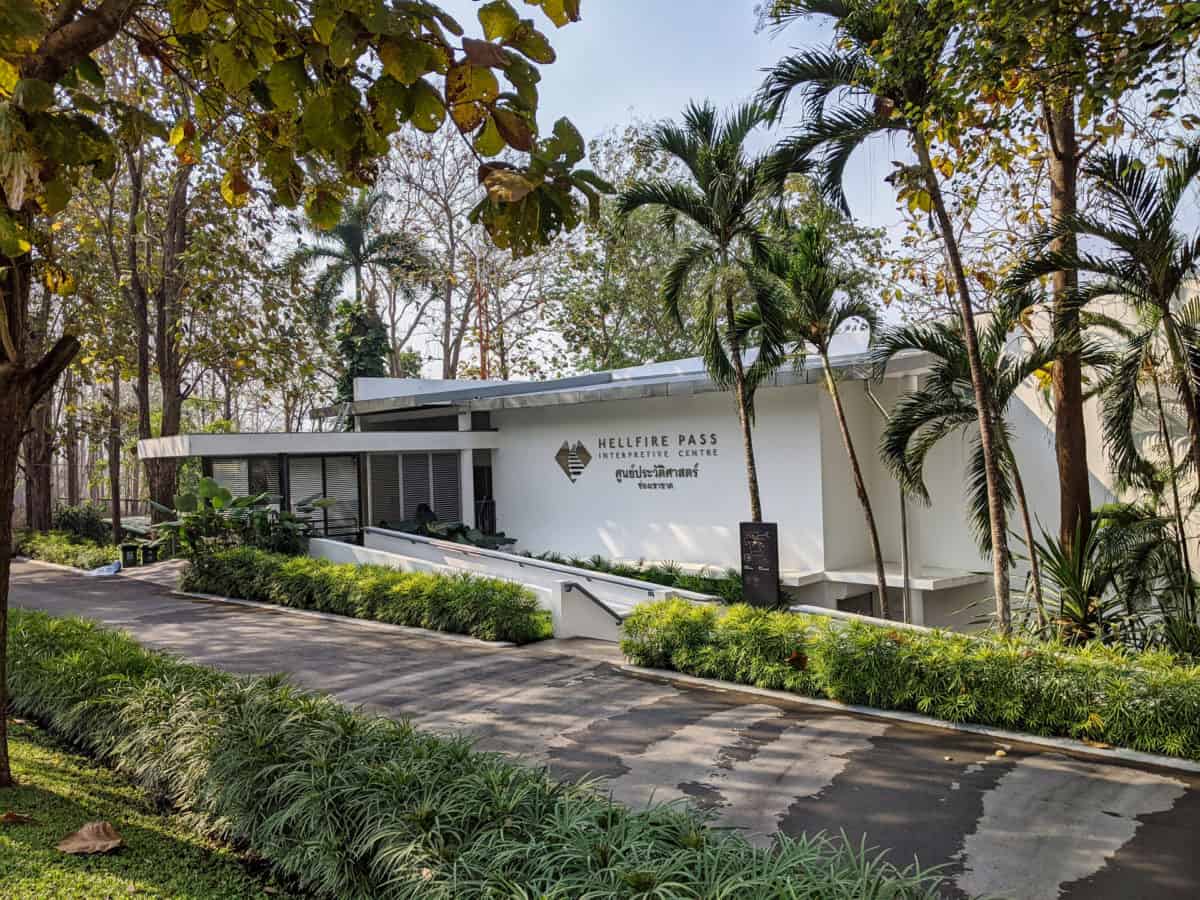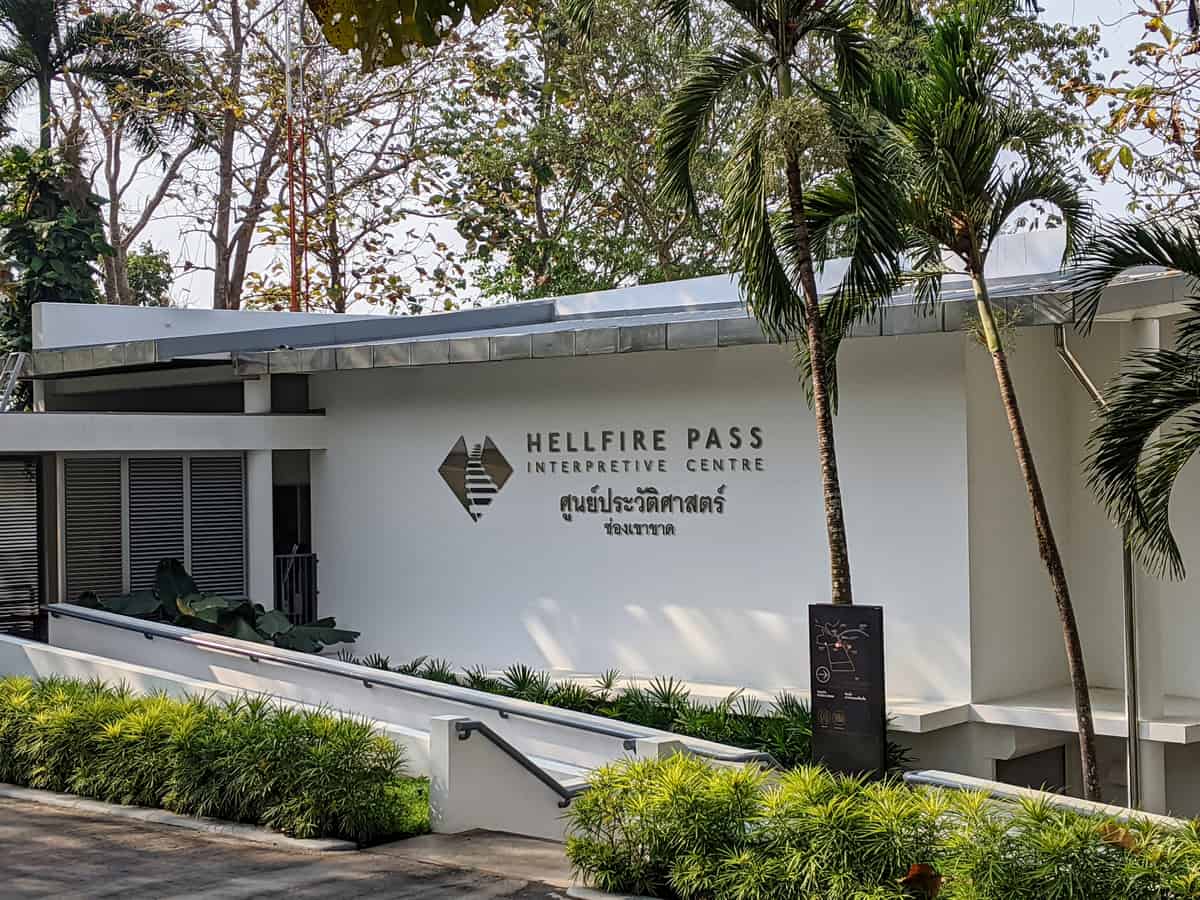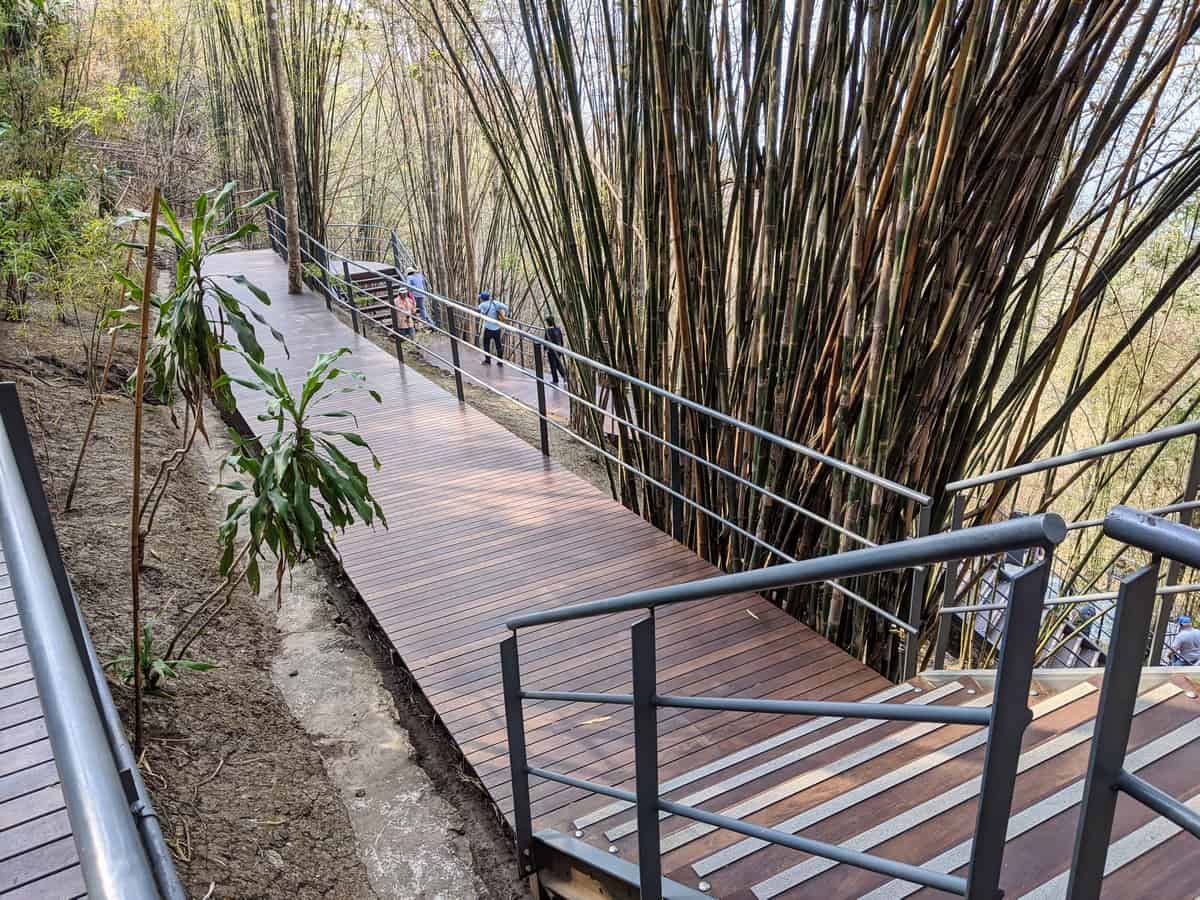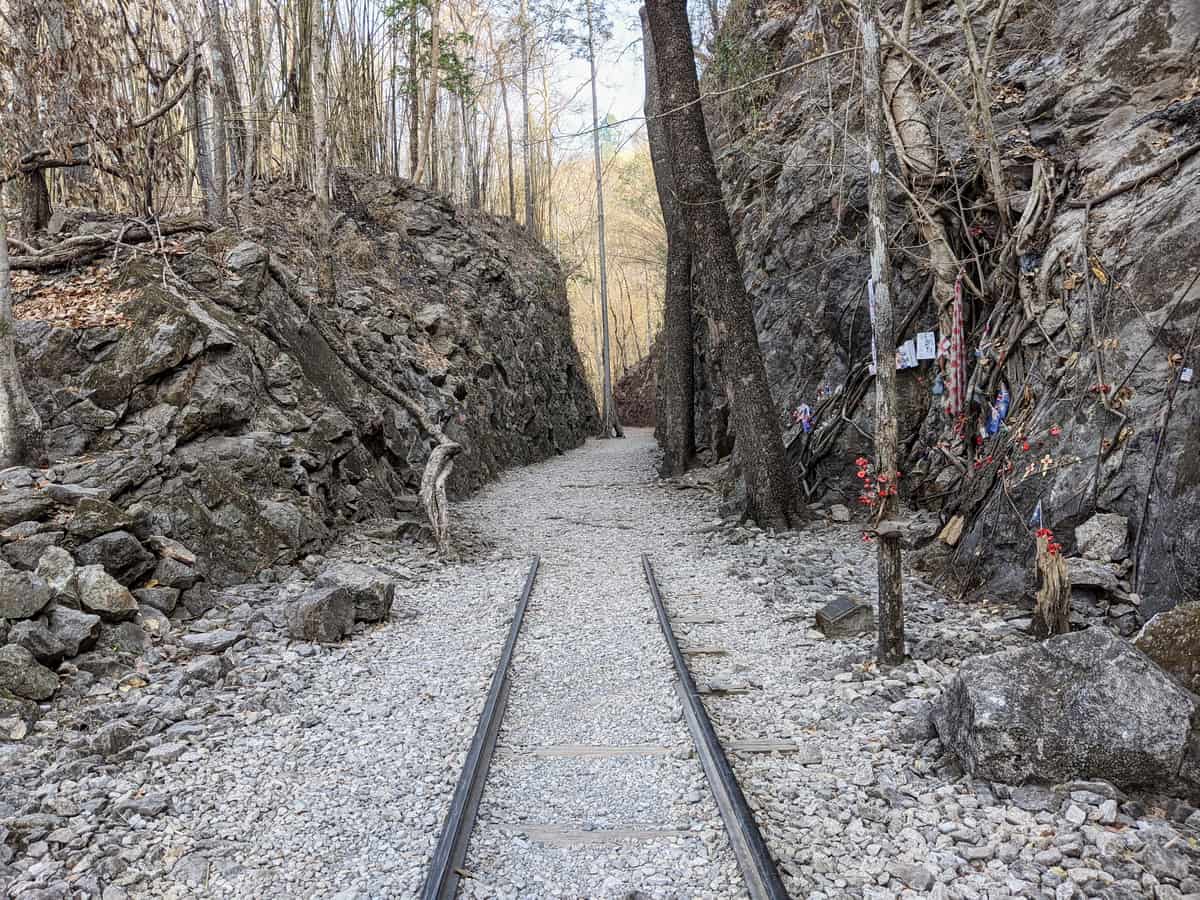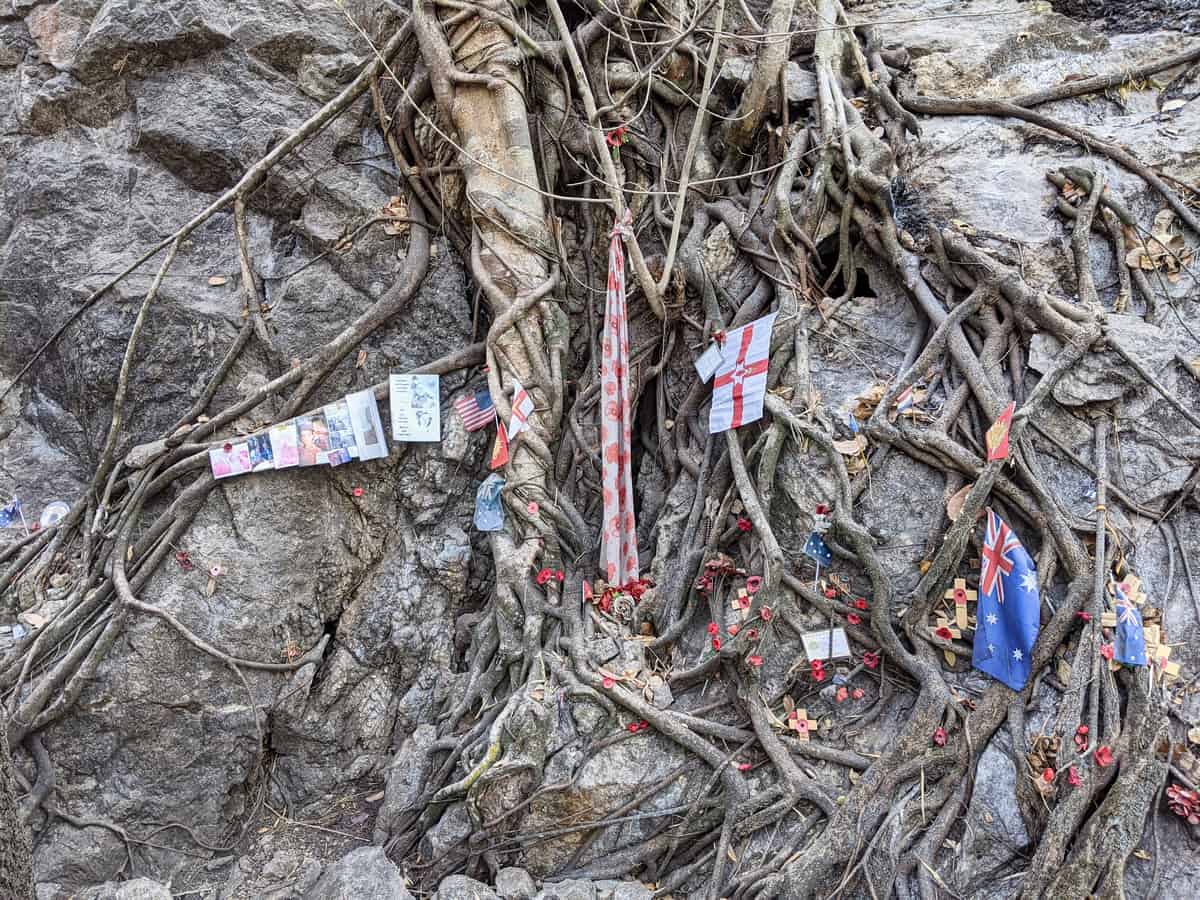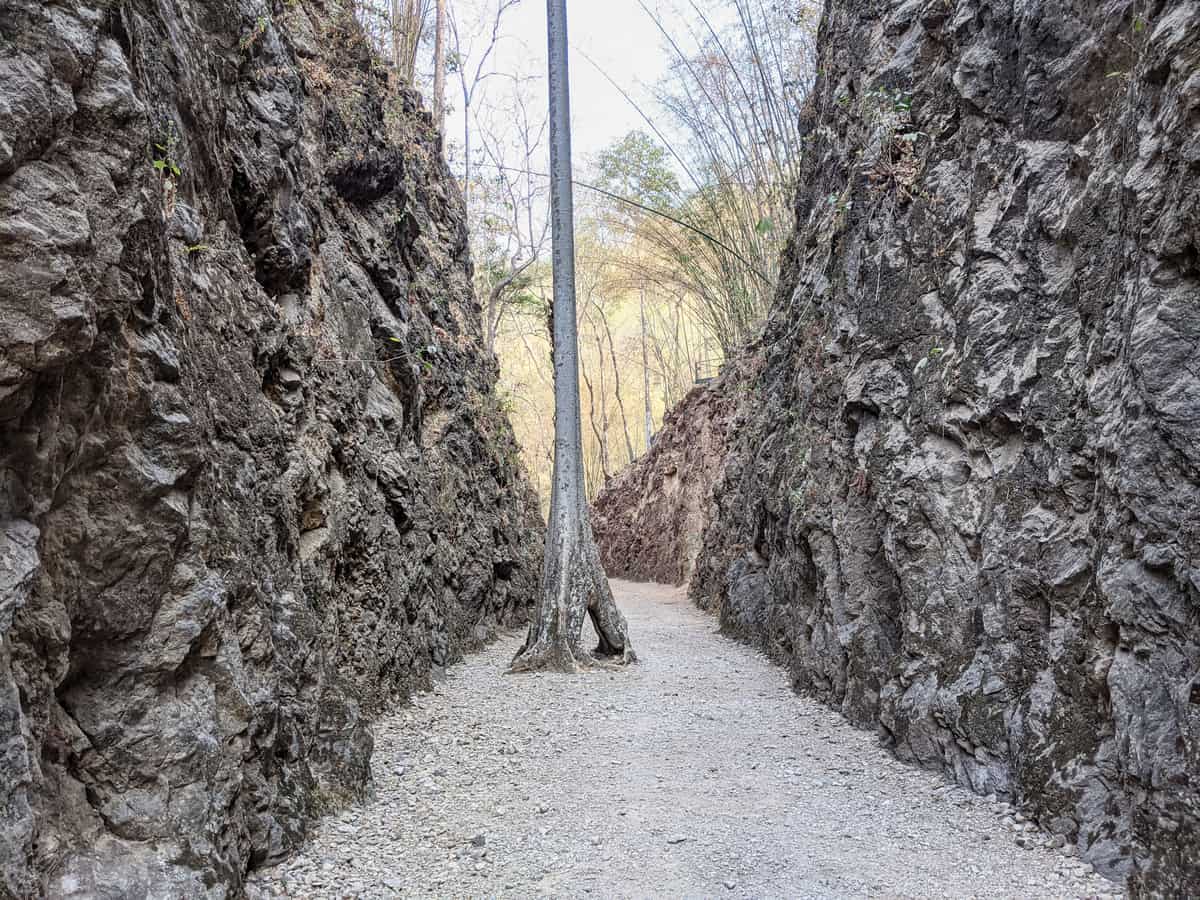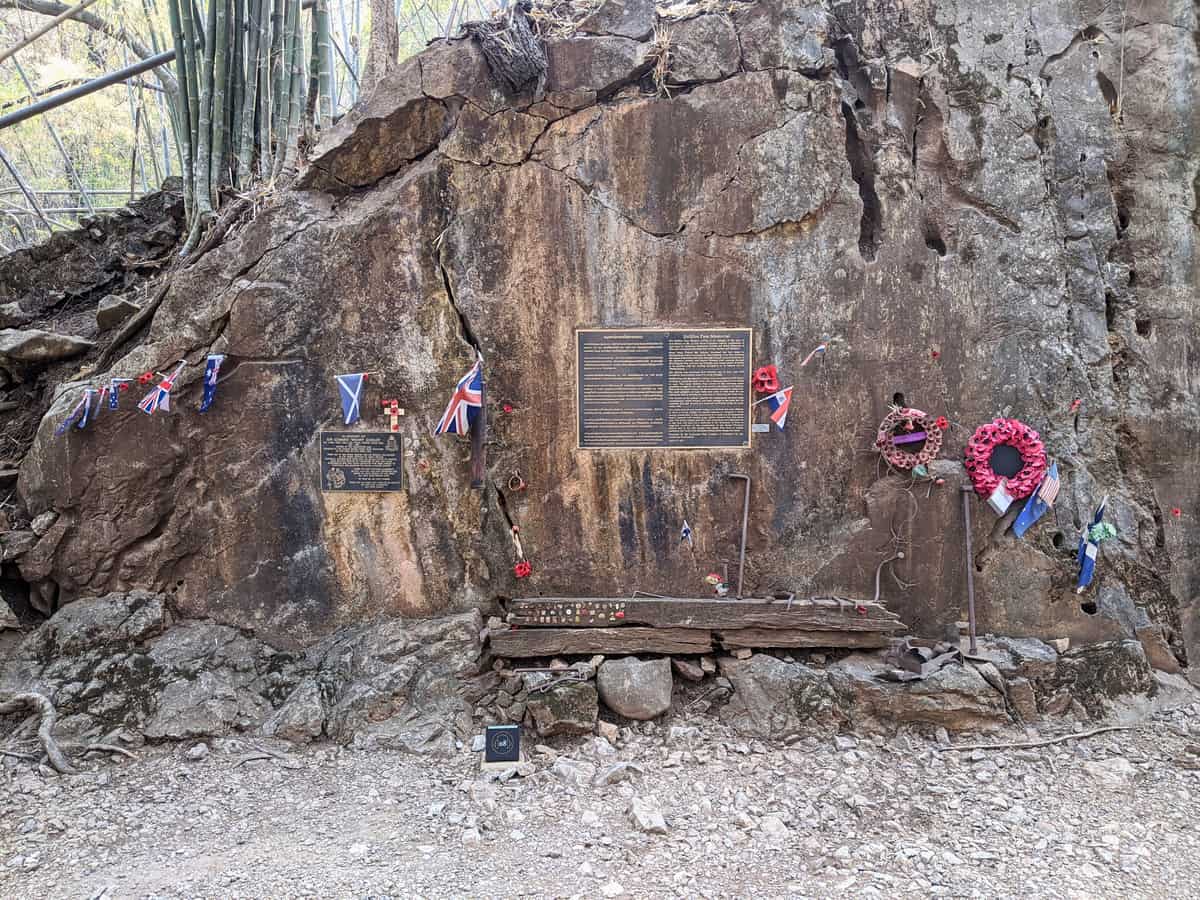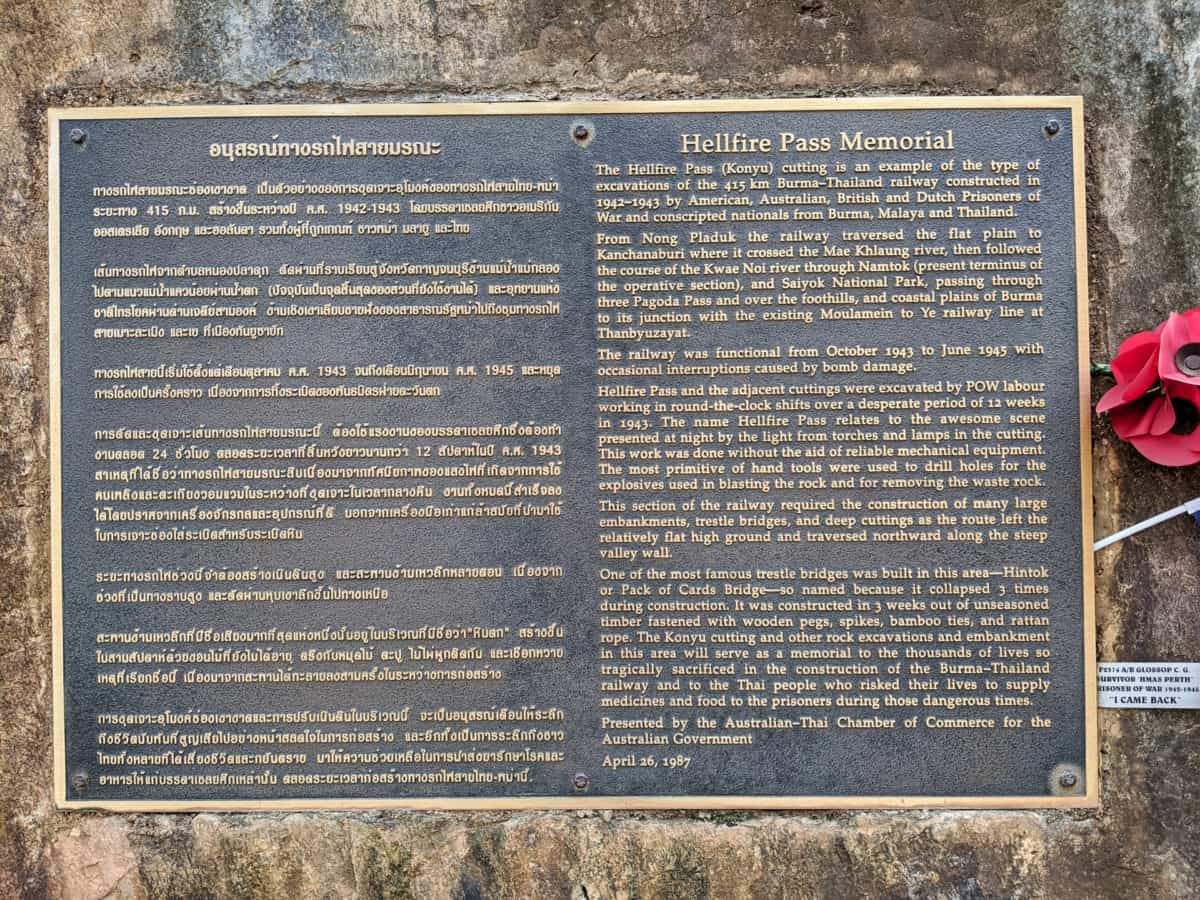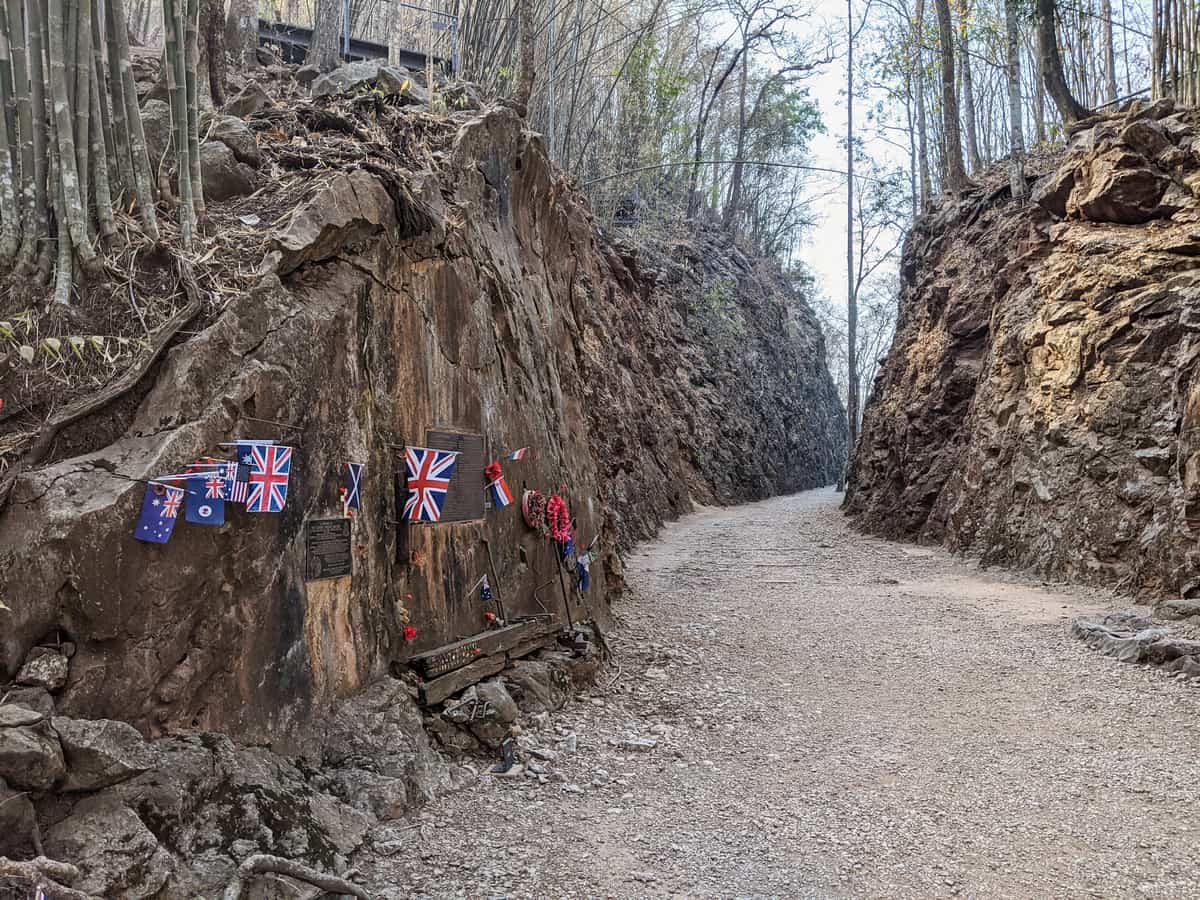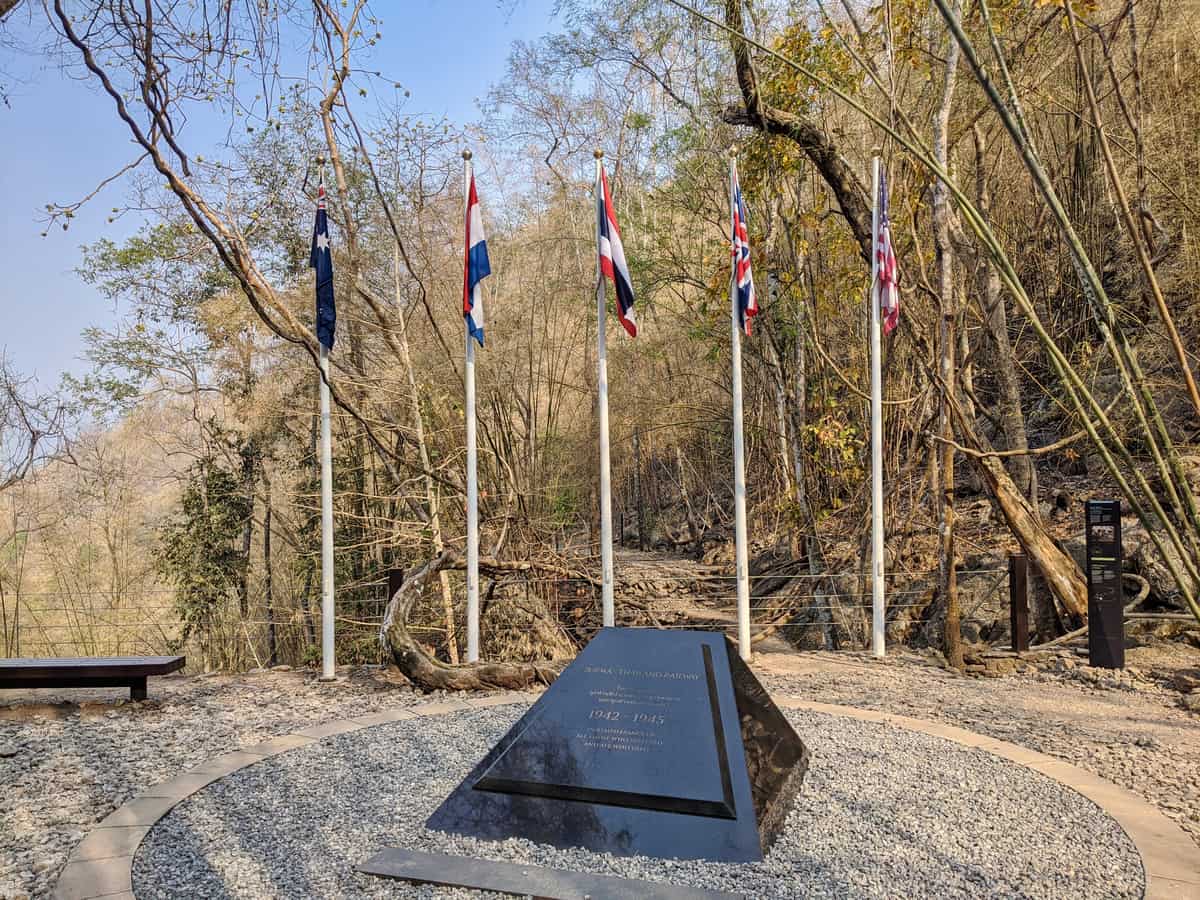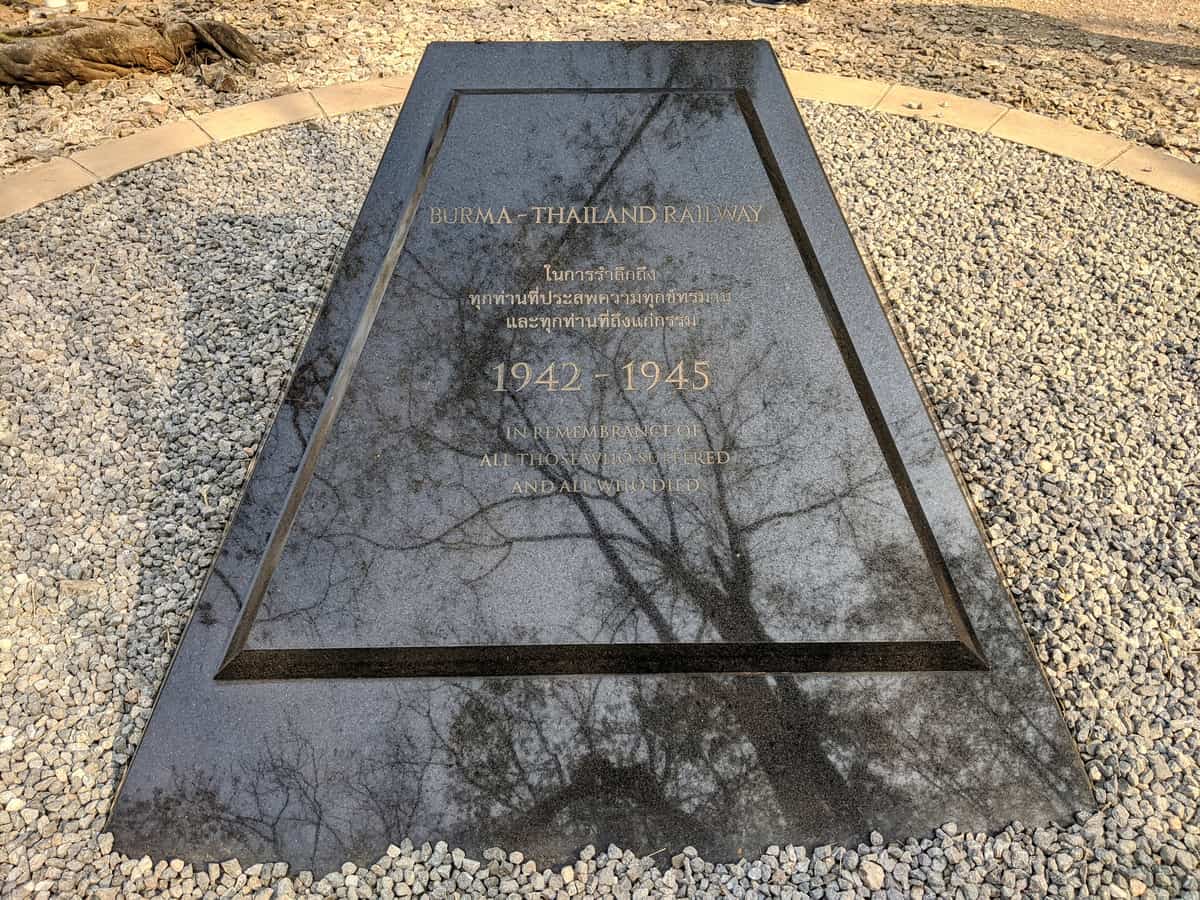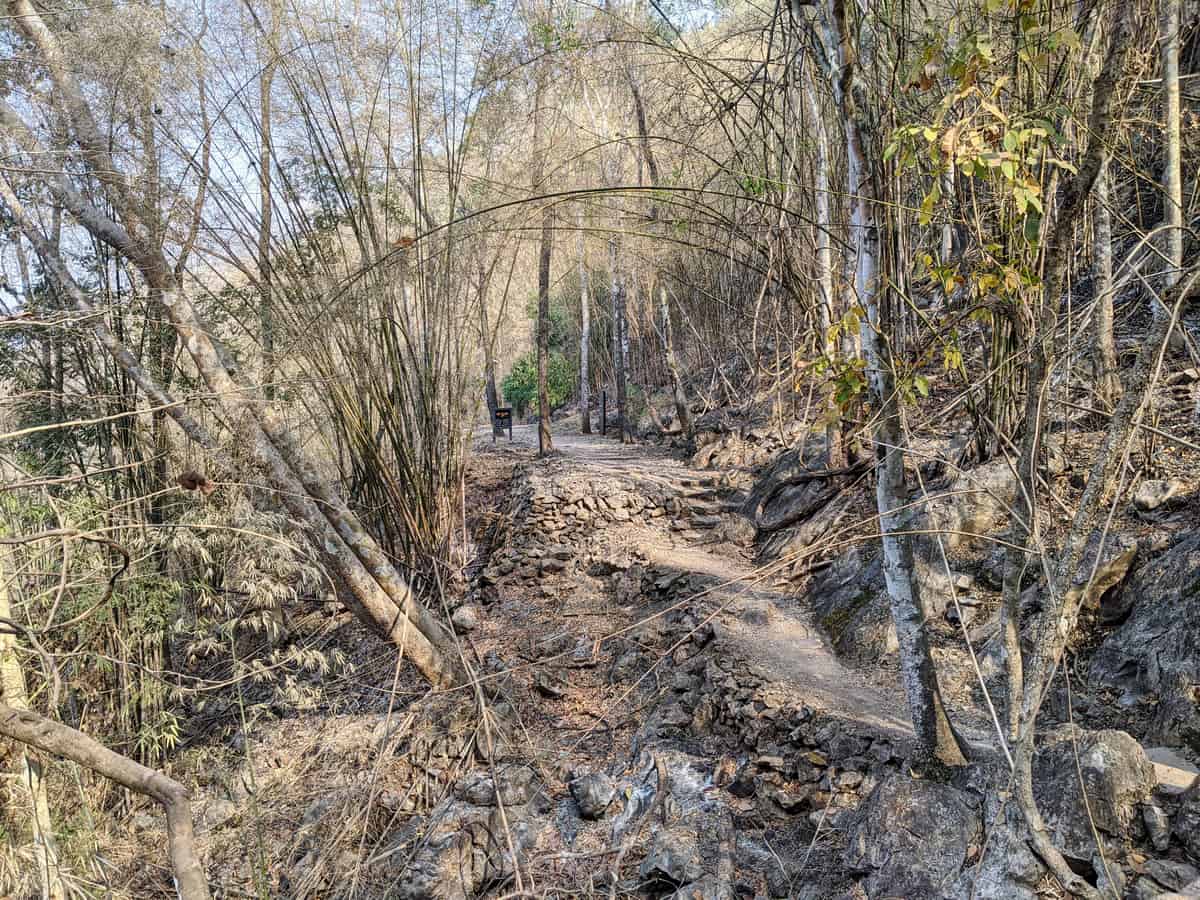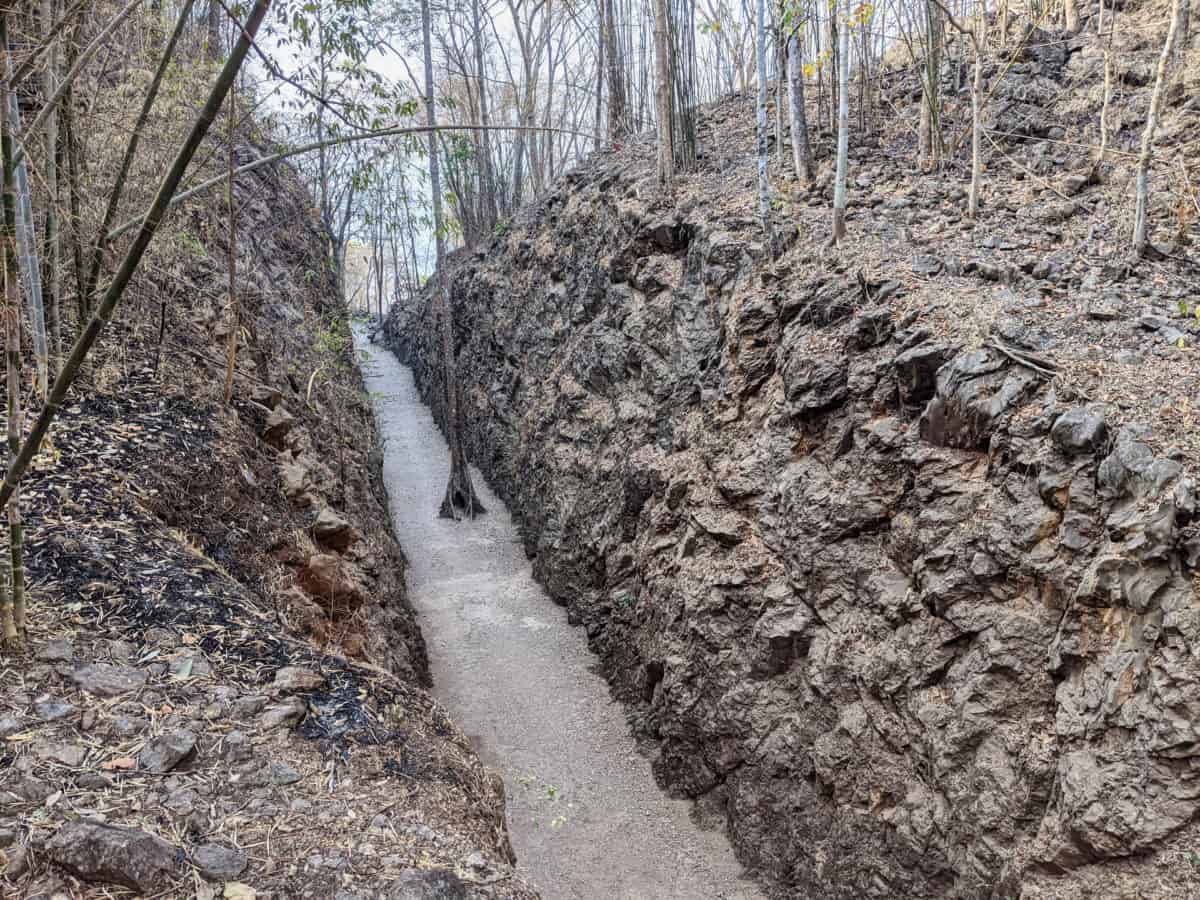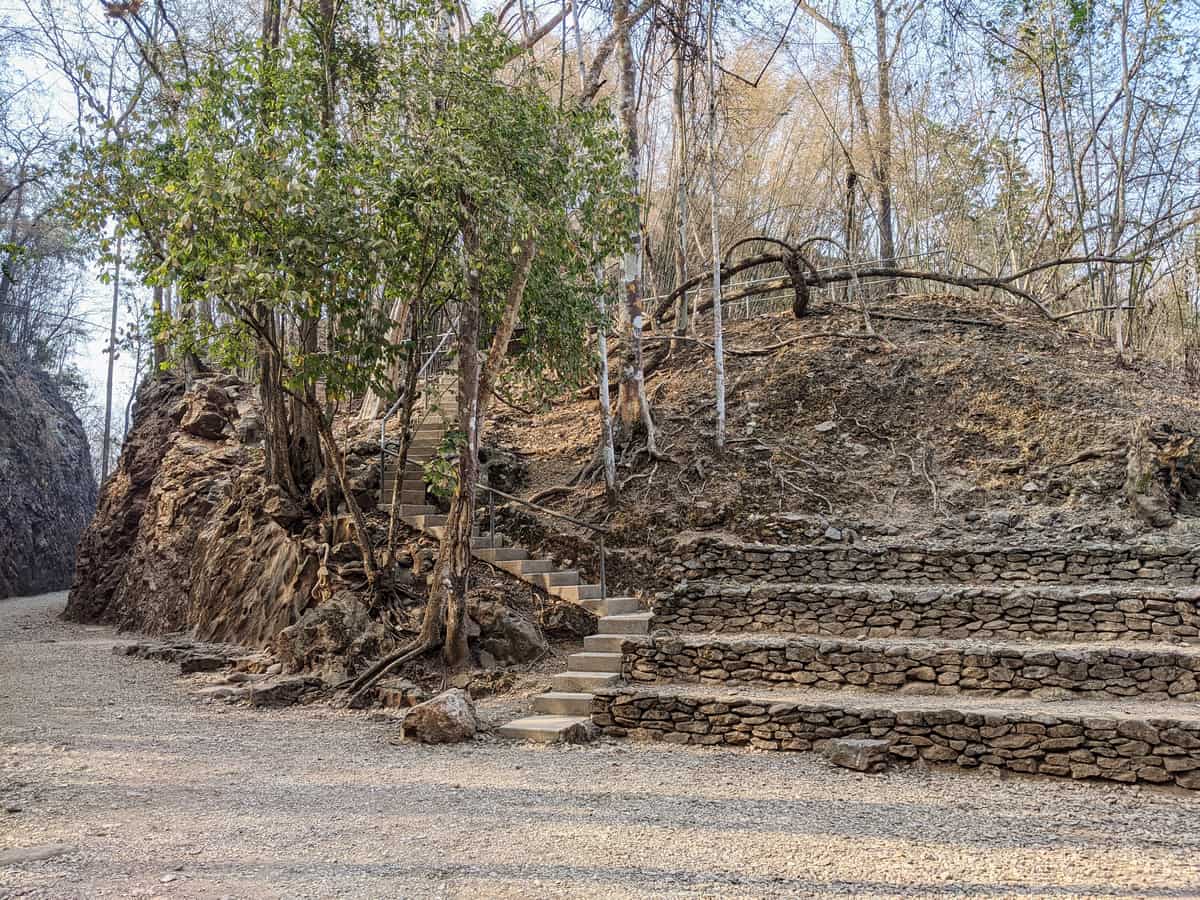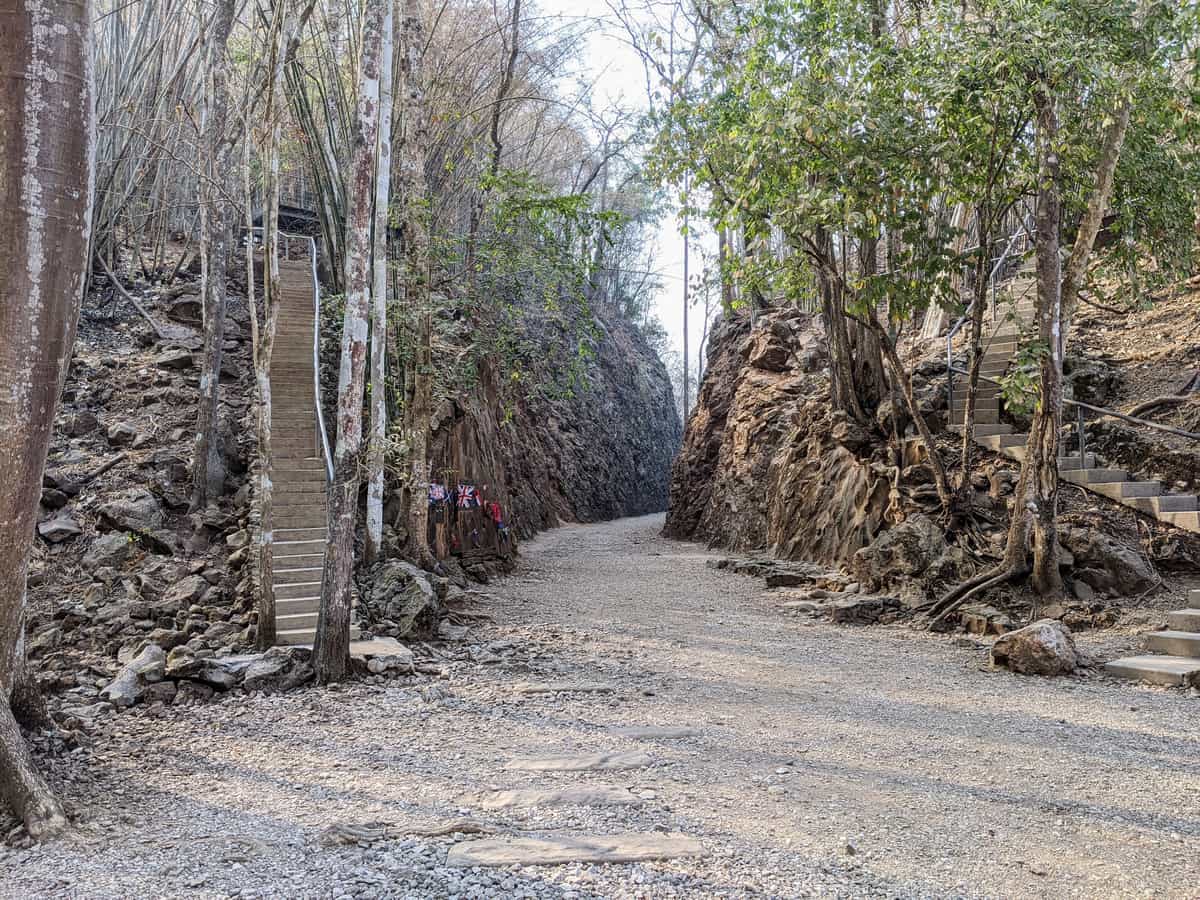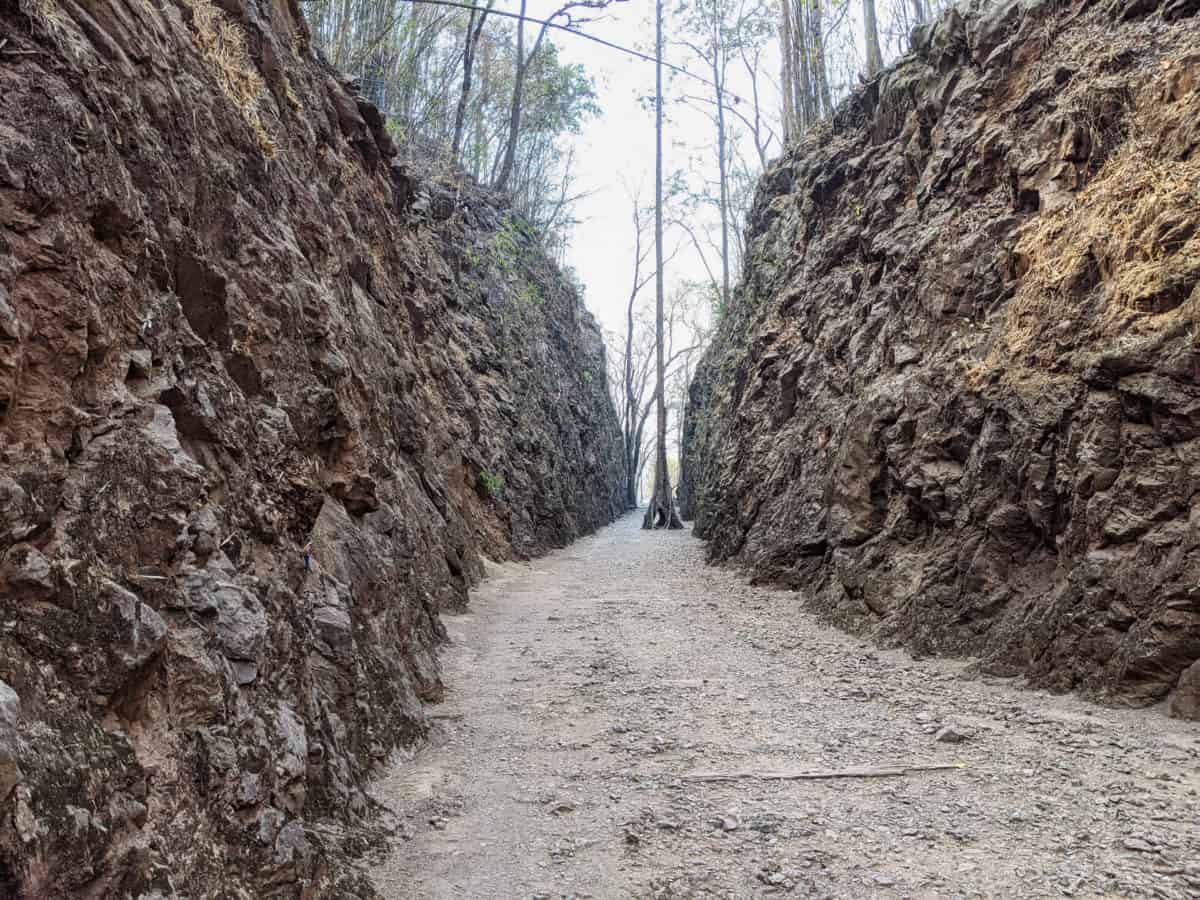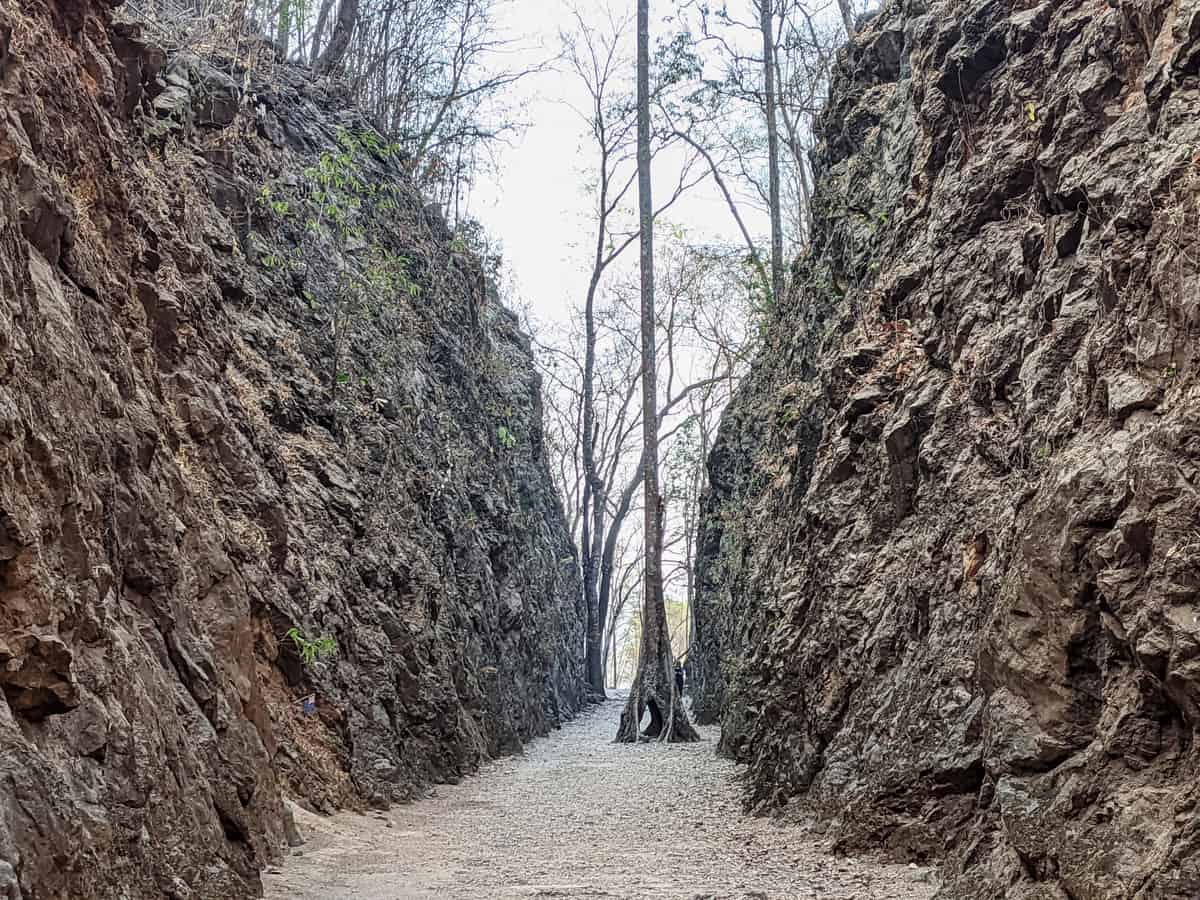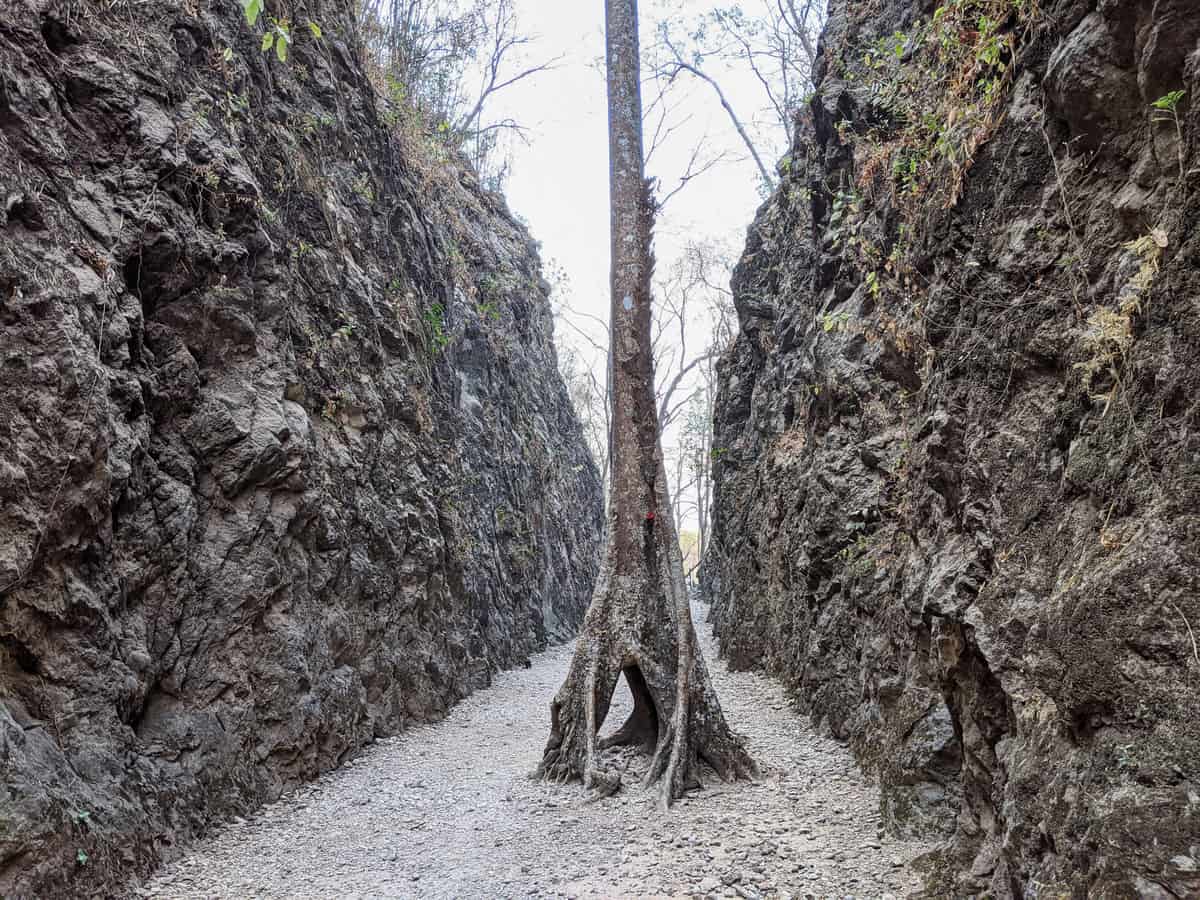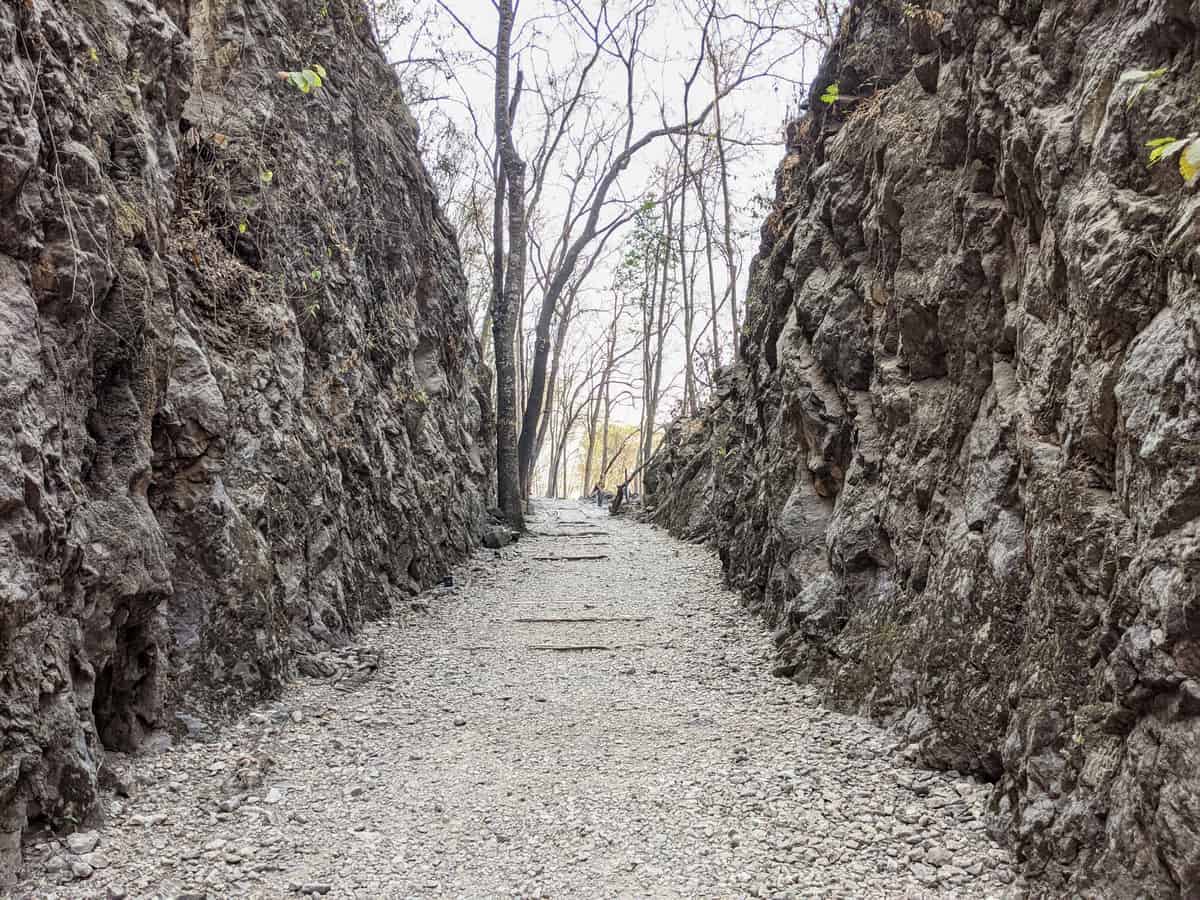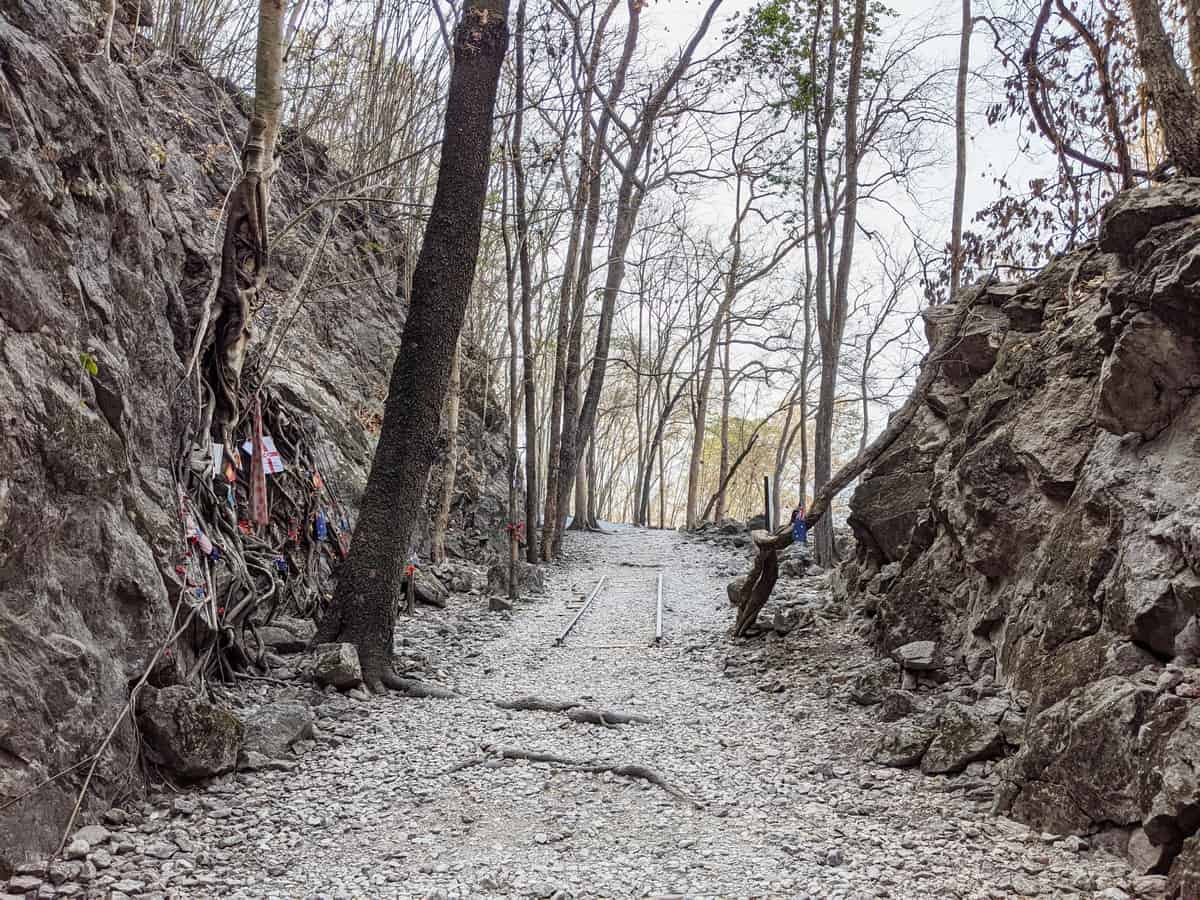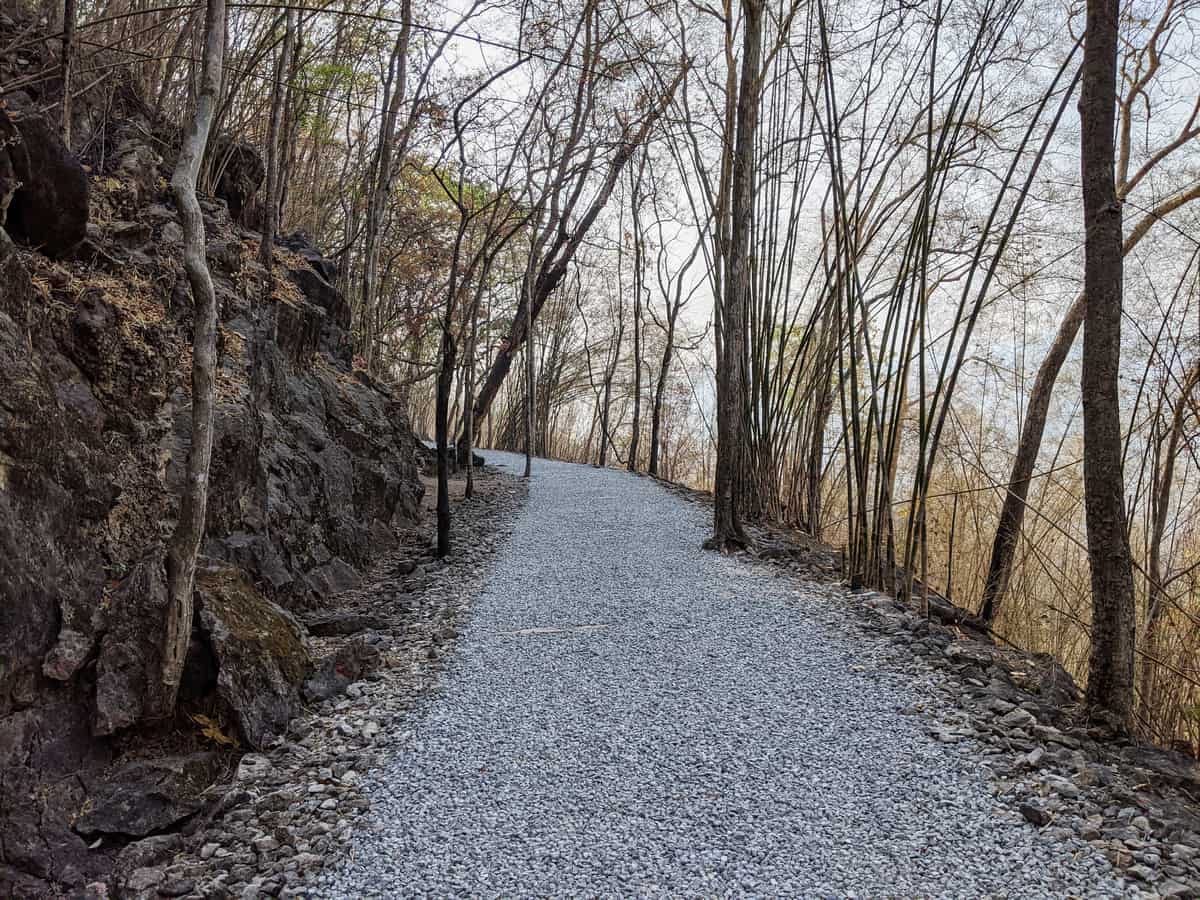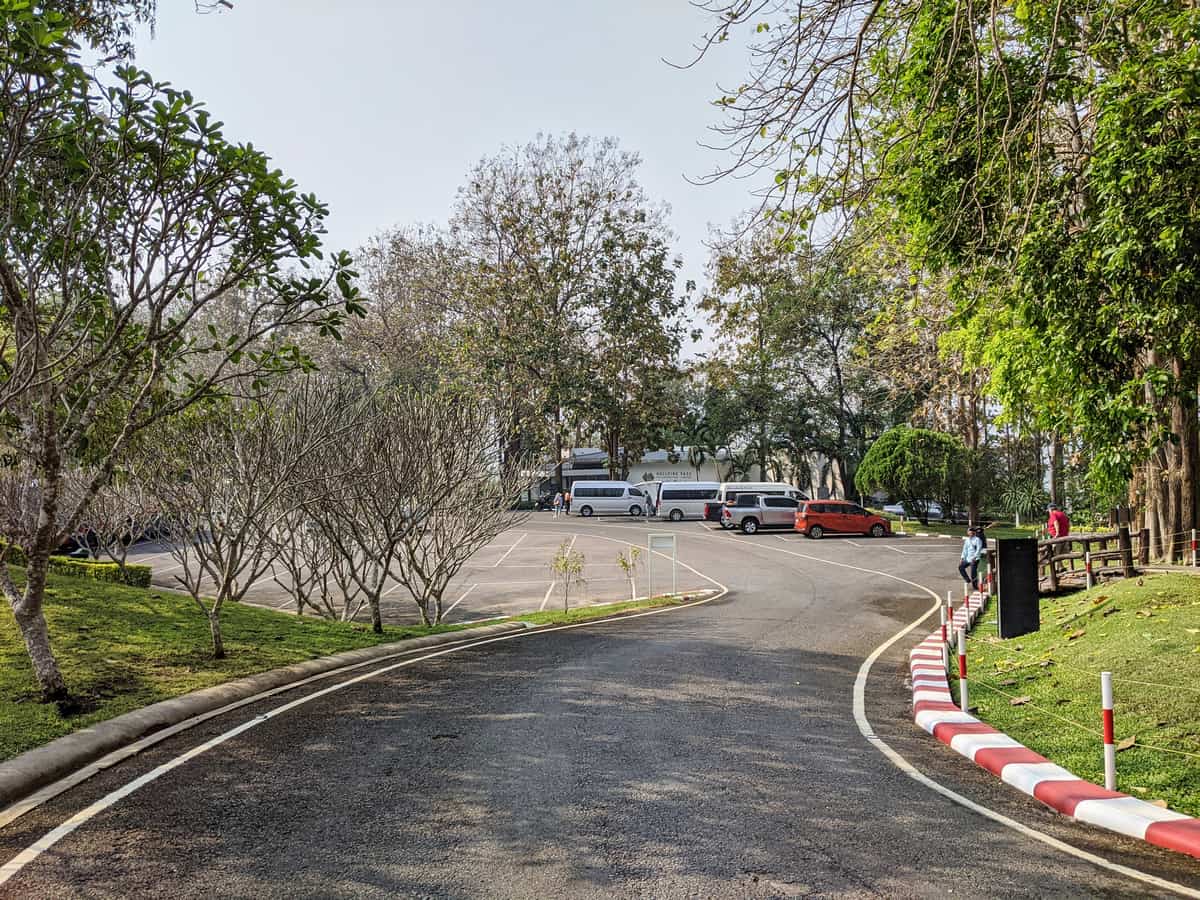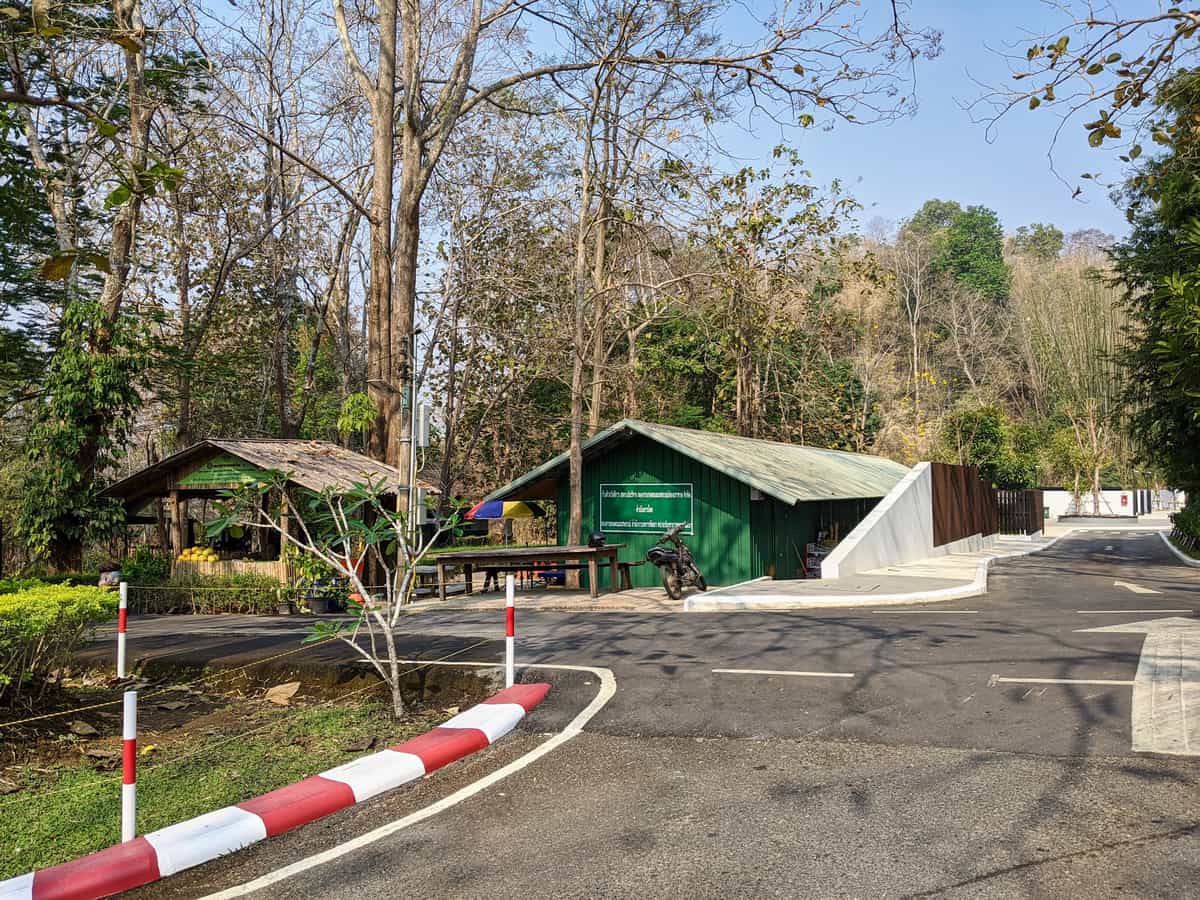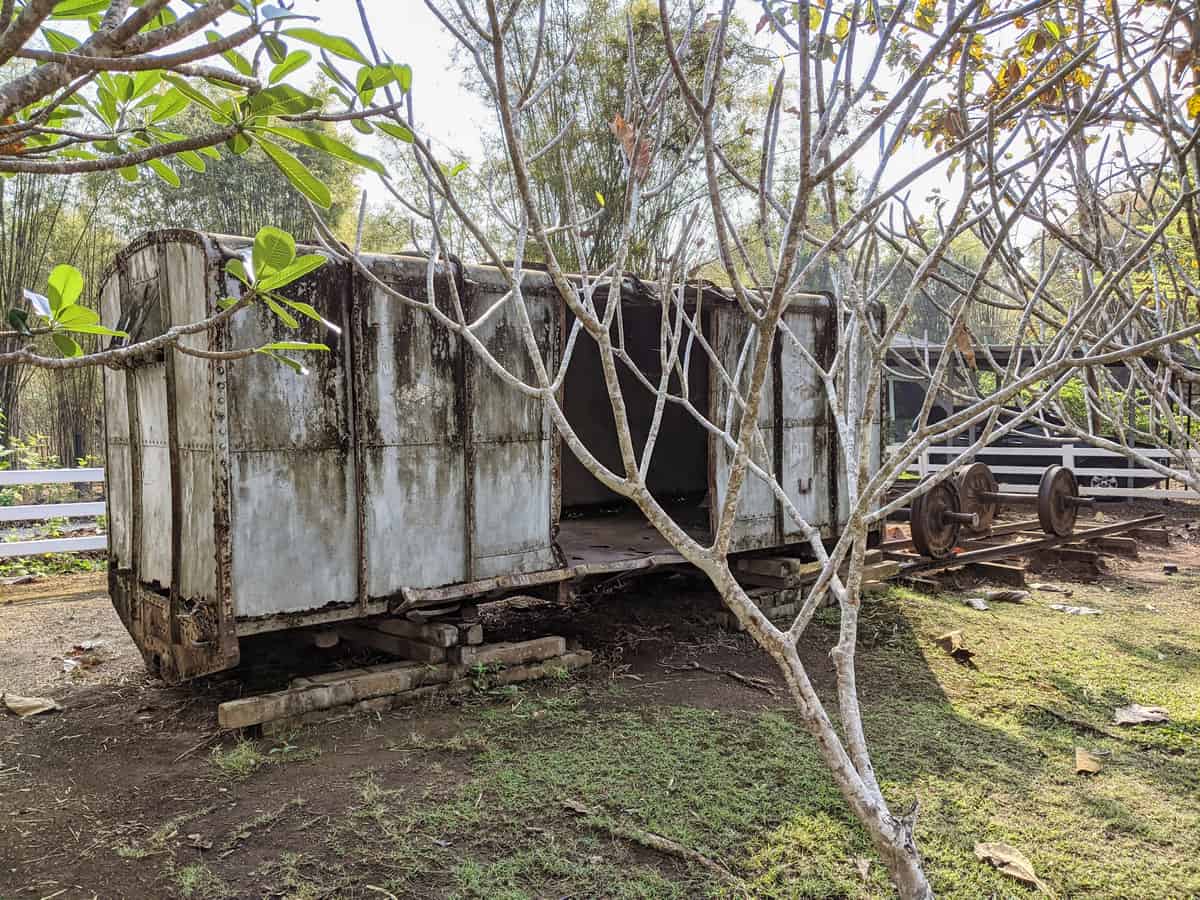Family Thailand Tour 2020
Kanchanaburi | Thailand
06 Feb 2020 | Thu
Day 12 of 18
Hell Fire Pass Memorial
Today we are traveling to Sangkhla Buri, but we’re stopping off to visit interesting places along the way. Our first stop of the day was Hellfire Pass Memorial.
During World War II, Thailand was occupied by Japanese forces, who used the country as a base for their operations in Burma. To build the Burma-Siam Railway, also known as the Death Railway, they forced prisoners of war and Asian laborers to work in brutal conditions.
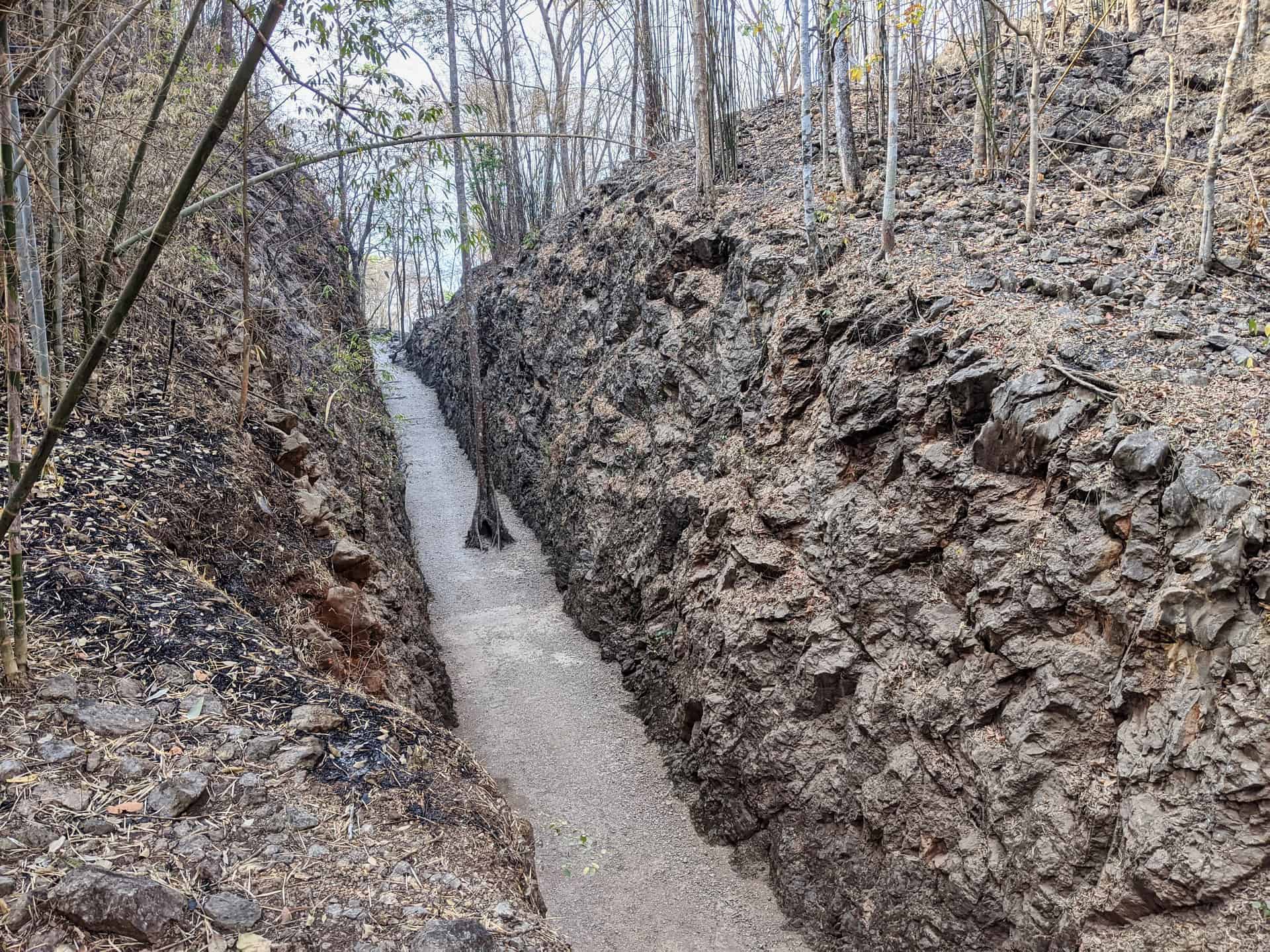
One of the most notorious sections of the railway was Hellfire Pass, where prisoners were made to work day and night with little rest or food. The conditions were so horrific that many didn’t survive.
Today, Hellfire Pass is a somber reminder of the past. Visitors can walk through the pass and see the remnants of the railway.
